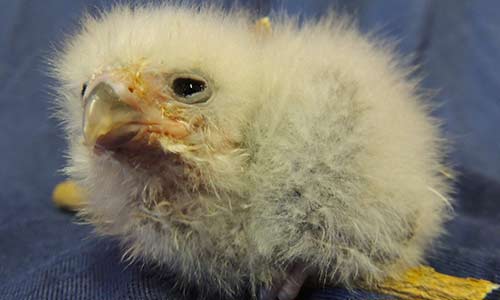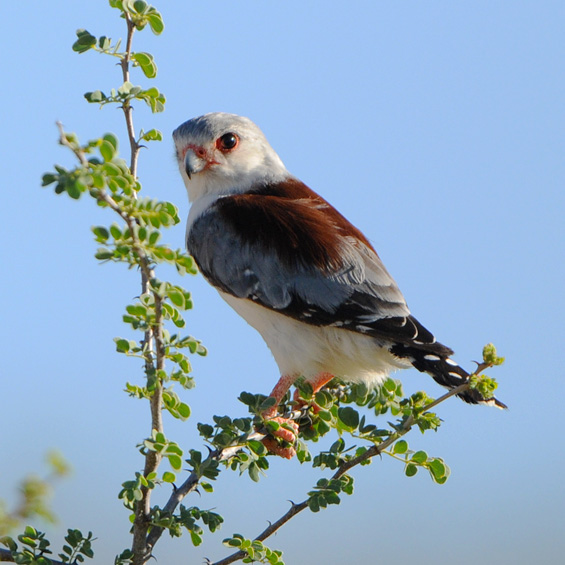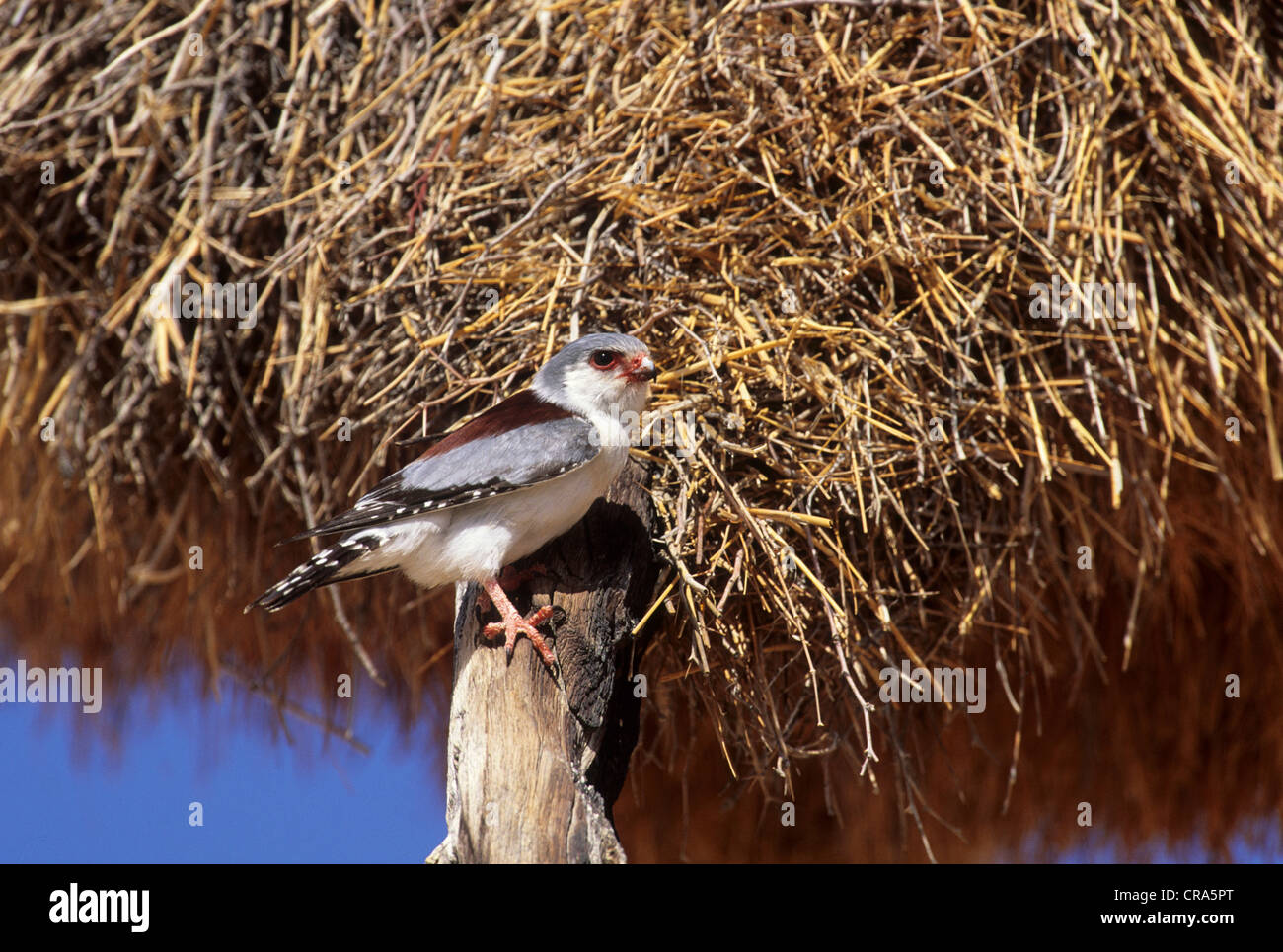
Willis in the School of Biological and Biomedical Sciences at Durham University.Ĭitation BirdLife International and Durham University (2009) Species climate-change impacts factsheet: semitorquatus. Anyone wishing to use these maps for any purpose should contact Dr Stephen G. Improved presentation of these resources was facilitated through support by the GEF. The MacArthur Foundation funded the production of these maps on this web-page. Links BirdLife International's Climate Change ProgrammeĬase studies on climate change from State of the World's Birds IPCC Assessment reports Return to "Projecting the impacts of climate change"Īcknowledgements The modelling and mapping work presented here was undertaken at Durham University with funding from RSPB and using bird range data provided by the Zoological Museum, University of Copenhagen. This projected future range is based on climate simulations produced by the Hadley Centre (HADCM3 model using the B2a scenario of future greenhouse gas emissions). The map is generated by relating the species's current range to current climate and then projecting this relationship onto future climate simulations. Although the weavers may fall to predation by the African pygmy falcons, they do receive protection from other predators including snakes.The above map shows the simulated distribution of African Pygmy-falcon ( semitorquatus) for 2085 based on projected future climate change.

As “nest pirates,” pygmy falcons will occupy nests of some members of the weaver family. They communicate with each other through mutual head-bobbing and tail-wagging displays. All the adults may share in the care of nestlings. Behavior:Īfrican pygmy falcons are found in pairs or in groups of three to four. See more » Andrew Smith (zoologist) Sir Andrew Smith KCB (3 December 1797 – 11 August 1872) was a Scottish surgeon, explorer, ethnologist and zoologist.Sexual maturity is reached at about one year. Africa is the worlds second largest and second most-populous continent (behind Asia in both categories). The nestlings remain in the nest for one to two months after hatching, during which time they are fed by both parents. Both sexes will sit on the eggs for 28 to 30 days. Reproduction:įemale pygmy falcons typically lay eggs from October to November, with one to four eggs per nest. Occasionally they will eat small rodents and birds, including the weavers with which they live. They prey mainly on large insects and small lizards. Size:Īfrican pygmy falcons are carnivorous. Eyes are brown and beaks are blue-grey with a black top. Females have a chestnut brown back while males have a grey back. Their wings and tails are blackish with white spots. The African pygmy falcon’s face, rump and front of body are white. Alfred Huang North American Crane Exhibit.True or False: The Cloudburst base can be bred only during wet season. True or False: The African Pygmy Falcon is the smallest bird of prey in the world.

It is a grey and white bird of prey, with a red eye ring and pink legs. True or False: The African Giant Land snail is very rare and critically endangered. It is only 20 centimetres (8 inches) tall.

Support our Field Conservation Department The African Pygmy Falcon (Polihierax semitorquatus) is the smallest raptor in Africa.castanono-tus), with very little natural history information known for both, although aspects of P.

semi-torquatus) and eastern Africa subspecies (P. The species includes a southern Africa (P.


 0 kommentar(er)
0 kommentar(er)
